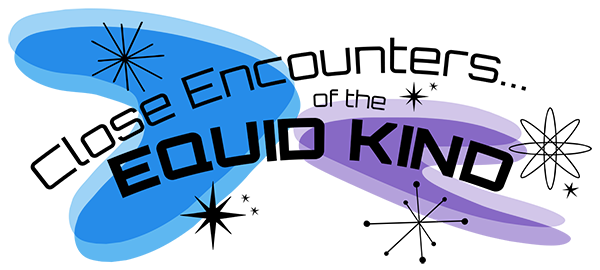Event Title
Superhorses and Horse Girls
Session
Keynote
Location
Richard L. Bready Mount Hope Bay Sailing and Education Center
Start Date
29-9-2023 6:00 PM
End Date
29-9-2023 7:00 PM
Description
My mother bought me a mug: it says, in big letters: YOU CAN’T SCARE ME. I RIDE A MARE. The mare I ride now is the fourth mare I’ve owned. I have now also spent most of my professional life looking at horse magazines and horse people’s memoirs from the nineteenth and twentieth century, particularly in the U.S., Canada, and the United Kingdom and in the realm of Thoroughbred raising and racing. I wasn’t looking for information about mares, but I began noticing how assumptions about them had shifted over the relatively brief history I was examining. In the nineteenth century, mares ran in open competition regularly, a practice that still persists in flat racing in Europe. But in the United States, around the turn of the century, attitudes about mares began to shift, and sex-segregated competition became the rule after World War II. I began to think about how the history of mares seemed to map with striking directness onto the history of women. Second-wave feminists embraced mares as barrier breakers; one columnist opined after Genuine Risk’s Kentucky Derby victory, “in your face, Phyllis Schlafly.” And in the twenty-first century, fans have once again idolized superstar mares like Zenyatta, Rachel Alexandra, and Beholder, following their journeys to the broodmare band on social media. My keynote (and my next book) focuses on the relationship of mares’ history and women’s history in the United States, and it also seeks to more deeply address what that relationship has meant to women in times of personal, professional, and historical change and struggle.
Recommended Citation
Mooney, Katherine, "Superhorses and Horse Girls" (2023). Equine History Collective Conference. 13.
https://docs.rwu.edu/equinehistory-conference/2023/friday/13
Superhorses and Horse Girls
Richard L. Bready Mount Hope Bay Sailing and Education Center
My mother bought me a mug: it says, in big letters: YOU CAN’T SCARE ME. I RIDE A MARE. The mare I ride now is the fourth mare I’ve owned. I have now also spent most of my professional life looking at horse magazines and horse people’s memoirs from the nineteenth and twentieth century, particularly in the U.S., Canada, and the United Kingdom and in the realm of Thoroughbred raising and racing. I wasn’t looking for information about mares, but I began noticing how assumptions about them had shifted over the relatively brief history I was examining. In the nineteenth century, mares ran in open competition regularly, a practice that still persists in flat racing in Europe. But in the United States, around the turn of the century, attitudes about mares began to shift, and sex-segregated competition became the rule after World War II. I began to think about how the history of mares seemed to map with striking directness onto the history of women. Second-wave feminists embraced mares as barrier breakers; one columnist opined after Genuine Risk’s Kentucky Derby victory, “in your face, Phyllis Schlafly.” And in the twenty-first century, fans have once again idolized superstar mares like Zenyatta, Rachel Alexandra, and Beholder, following their journeys to the broodmare band on social media. My keynote (and my next book) focuses on the relationship of mares’ history and women’s history in the United States, and it also seeks to more deeply address what that relationship has meant to women in times of personal, professional, and historical change and struggle.



Presenter Bio
Dr. Katherine Mooney is an Associate Professor of History at Florida State University. Her research examines the cultural history of inequality in the United States. She is the author of Race Horse Men: How Slavery and Freedom Were Made at the Racetrack (Harvard University Press, 2014) and Isaac Murphy: The Rise and Fall of a Black Jockey (Yale University Press, 2023). She is currently working on a project that focuses on ideas of gender and how they map onto animals in the United States.